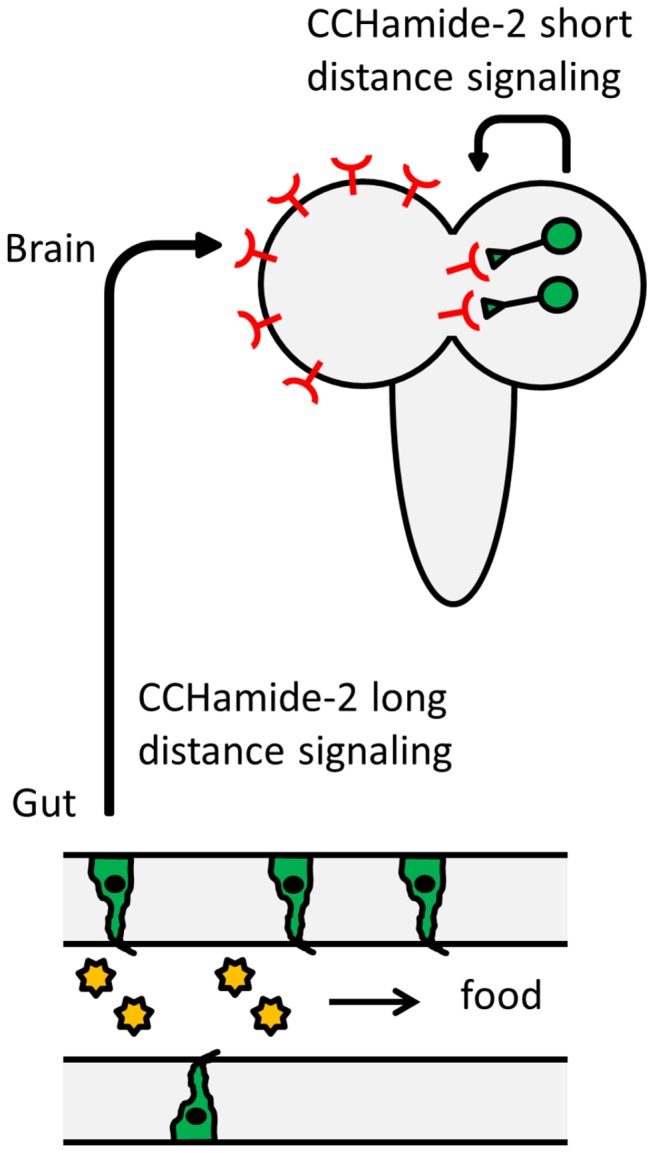Figure 10. Cartoon of our proposed mechanism for the hormonal action of CCHamide-2 in third instar larvae.

This hypothetical model is based on the sensory nature of the CCHamide-2 immunoreactive endocrine cells in the gut (Figure 1) and on our findings that there is abundant expression of the CCHamide-2 receptor gene in the brain (Figure 9D, a), while this expression is virtually absent in the gut (Figure 9D, b), combined with the high CCHamide-2 peptide gene expression in the gut (Figure 9C, b). This model predicts that the quality of the food in the gut lumen is sensed by the CCHamide-2 immunoreactive endocrine cells in the gut wall. These cells release the CCHamide-2 peptides into the circulation, after which they reach the brain and bind to the CCHamide-2 receptors. This binding starts a cascade that leads to an altered (adapted) feeding behavior of the animal. In addition to this long-distance hormonal CCHamide-2 signaling, there is a local (synaptic or paracrine) CCHamide-2 signaling in the larval CNS, possibly also associated with feeding.
